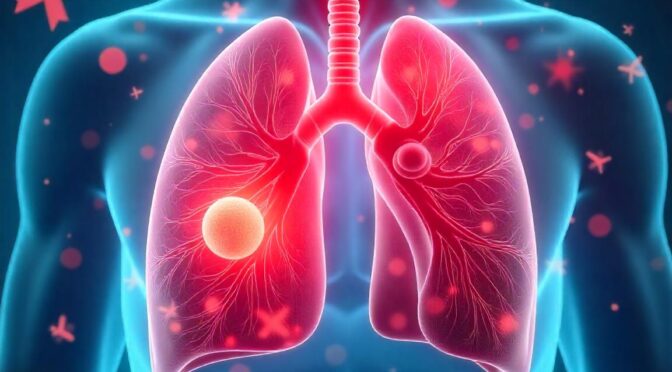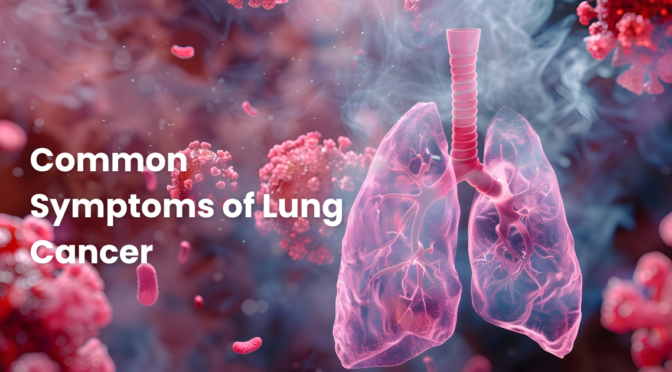Table of Contents
Winter can be a challenging time for asthma patients. Cold air, increased indoor allergens, and seasonal illnesses combine to create an environment rife with triggers that exacerbate asthma symptoms. For those living with asthma, proactive management is crucial to ensure smooth breathing through the colder months. This guide explores why winter is a critical season for asthma management and provides actionable tips to help you stay safe and comfortable.
Why Winter Is a Critical Season for Asthma Patients
Cold Air as a Trigger for Bronchoconstriction
Winter air is cold and dry, making it a potent trigger for asthma. When inhaled, cold air irritates the airways, causing them to narrow, a condition called bronchoconstriction. This can lead to symptoms such as wheezing, coughing, and shortness of breath.
Increased Exposure to Indoor Allergens
The cold weather often forces people indoors, where allergens such as dust mites, pet dander, and mold are more concentrated. Poor ventilation in heated rooms can further aggravate asthma symptoms by trapping these allergens.
Higher Risk of Respiratory Infections
Winter brings a surge in respiratory illnesses like colds, the flu, and other viral infections. These can inflame the airways and worsen asthma symptoms, sometimes leading to severe attacks. Asthma patients are especially vulnerable to complications from these infections.
Top Winter Care Tips for Asthma Management
a. Keep Warm and Protect Your Airways
- Wear a scarf or mask: Cover your nose and mouth with a scarf or mask when going outdoors. This helps warm and humidify the air before it reaches your lungs.
- Limit exposure to cold air: Avoid spending extended periods outside, especially during peak cold hours in the early morning and late evening.
b. Maintain Indoor Air Quality
- Use a humidifier wisely: While humidifiers can help prevent dryness in the air, excessive humidity (above 50%) can encourage mold growth. Keep indoor humidity levels between 30–50%.
- Clean heating systems: Regularly clean heating vents and replace air filters to reduce dust, mold, and other allergens.
- Ventilate your home: Open windows periodically to circulate fresh air and reduce indoor allergen buildup.
c. Stay Active Safely
- Warm up indoors: Perform light exercises indoors before heading out to prevent sudden airway constriction.
- Opt for indoor activities: If the outdoor air is too cold or polluted, engage in indoor exercises such as yoga or stationary cycling.
d. Manage Seasonal Triggers
- Reduce indoor allergens: Wash bedding in hot water weekly, use allergen-proof covers on mattresses and pillows, and vacuum regularly with a HEPA-filter vacuum.
- Be cautious with holiday decorations: Clean and inspect holiday decorations for dust and mold before bringing them inside.
e. Prevent and Manage Respiratory Infections
- Vaccinate: Get your annual flu shot and consider other vaccines, such as the pneumococcal vaccine, after consulting your doctor.
- Practice hygiene: Wash your hands frequently and avoid close contact with sick individuals to minimize the risk of infections.
f. Have an Asthma Action Plan
- Consult your doctor: Work with your healthcare provider to create or update your asthma action plan tailored for winter conditions.
- Keep medications accessible: Ensure that your rescue inhaler and other medications are always within reach and not exposed to freezing temperatures.
Diet and Hydration Tips for Asthma in Winter
- Stay hydrated: Drinking adequate water helps thin mucus, making it easier to clear your airways.
- Incorporate anti-inflammatory foods: Foods rich in antioxidants, such as berries, spinach, and nuts, and omega-3 fatty acids, found in fatty fish, can help reduce airway inflammation.
- Avoid food triggers: Be mindful of asthma triggers like sulfites found in preserved foods, and avoid them to prevent flare-ups.
Emergency Preparedness During Winter
- Recognize early signs: Familiarize yourself with the early symptoms of an asthma attack, such as increased shortness of breath, coughing, and chest tightness.
- Plan for remote areas: If traveling to remote or snowy regions, carry an emergency kit that includes extra inhalers, medications, and portable nebulizers with charged batteries.
- Stock up on essentials: Keep spare inhalers, medications, and other asthma supplies in an easily accessible location.
Lifestyle Adjustments for a Safer Winter
- Schedule regular check-ups: Visit your pulmonologist routinely to monitor your condition and adjust your treatment plan as needed.
- Manage stress: High stress levels can trigger asthma symptoms. Practice relaxation techniques such as deep breathing, meditation, or gentle yoga.
- Track symptoms: Maintain a daily journal to record symptoms, potential triggers, and medication usage. This can help identify patterns and guide adjustments to your care plan.
Conclusion
Managing asthma during winter may seem daunting, but with the right strategies, you can breathe easier and enjoy the season. By protecting your airways, maintaining indoor air quality, managing triggers, and staying prepared for emergencies, you can reduce the risk of flare-ups and lead a healthier winter life.
For personalized asthma management, contact our specialists at Apex Pulmonology today! Our dedicated team offers comprehensive care tailored to your unique needs, ensuring you can breathe easy no matter the season. Schedule a consultation with Apex Pulmonology and take the first step toward better respiratory health this winter.










